Wooden kitchenware has an undeniable charm, blending seamlessly into both traditional and modern kitchens. The warmth and natural beauty of wood make it a beloved choice for cooks and chefs alike. This post explores the historical journey and evolution of wooden kitchen tools, from their ancient origins to their resurgence in modern kitchenware.
The Ancient Origins of Wooden Kitchenware
Wood has been a fundamental material for crafting tools since ancient times. Early humans relied on wood due to its availability and versatility. The simplicity and ease of shaping wood made it the perfect material for creating everyday tools and utensils. Archaeological finds reveal that wooden kitchen utensils were commonplace in many ancient civilizations, serving practical needs in daily life. From basic cooking implements to storage containers, wood was integral to early culinary practices.
Across different cultures, wooden kitchenware held significant cultural importance. In ancient Egypt, wooden tools were essential in cooking and food preparation, symbolizing both utility and status. These ancient kitchen tools were often intricately carved and used in both domestic kitchens and temple rituals.
Similarly, in Roman kitchens, wooden utensils coexisted with metal ones, reflecting the era's resourcefulness and the Romans' appreciation for diverse materials. The use of wooden tools was not just limited to common households; even the wealthy embraced them for their unique qualities.
Asian cultures, particularly in Japan and China, have long-standing traditions of using wooden kitchen tools, a practice that continues to this day. In Japan, the art of crafting traditional kitchen tools, such as chopsticks, rice paddles, and serving bowls, is deeply rooted in the culture. These items are not only functional but also hold aesthetic and symbolic value. In China, wooden kitchen tools have been used for centuries, with designs and techniques passed down through generations. The longevity of these practices speaks to the enduring appeal of wooden kitchenware across diverse cultures.
The Evolution of Wooden Kitchenware Through History
As history progressed, so did the design and use of wooden kitchenware. In medieval Europe, medieval kitchen tools such as wooden bowls, spoons, and cutting boards were staples in every household. These tools were functional while also reflecting the craftsmanship of the time. Wood was readily available, and skilled artisans created durable and practical kitchen tools that could withstand daily use. The medieval kitchen was often a bustling place, and wooden tools played a crucial role in food preparation and storage.
During the Renaissance, there was a shift in the design and craftsmanship of kitchen tools, influenced by the artistic trends of the era. Wooden kitchenware became more refined, showcasing intricate designs and enhanced functionality. Artisans of the time took pride in their work, often adding decorative elements to otherwise simple tools. This period saw the introduction of more specialized kitchen tools, such as bread boards and rolling pins, which were crafted with both utility and beauty in mind. The Renaissance was a time of innovation, and this was reflected in the kitchen as well.
The Industrial Revolution marked a significant turning point for wooden kitchenware. With the advent of mass production, metal and plastic began to replace wood in many kitchens. The efficiency of factory production meant that metal and plastic tools could be made quickly and cheaply, leading to a decline in the use of wooden kitchenware. However, wooden kitchen tools never entirely disappeared; instead, they evolved, retaining their place in the hearts of those who appreciate traditional craftsmanship. The 19th and 20th centuries saw a rise in the popularity of factory-made kitchen tools, but wood remained a material of choice for those seeking durability and a connection to the past.
The Resurgence of Wooden Kitchenware in Modern Times
In recent decades, there has been a renewed interest in wooden kitchenware, driven by a desire for sustainability and quality craftsmanship. As consumers become more conscious of environmental issues, there is a growing preference for products that are eco-friendly and made from renewable resources. Wooden kitchen tools, with their natural materials and timeless appeal, fit perfectly into this trend. They offer a sustainable alternative to plastic, which is often associated with environmental harm, and provide the durability and functionality that modern kitchens demand.
Amish craftsmanship, in particular, has played a crucial role in this resurgence. Known for their commitment to traditional woodworking techniques, Amish artisans create high-quality kitchenware that blends tradition with innovation. Each piece is crafted with care, using techniques that have been passed down through generations. Amish products are both beautiful and built to last, reflecting a dedication to quality that is often missing in mass-produced goods. Amish kitchen tools such as rolling pins and cutting boards are prime examples of this, offering both beauty and functionality in modern kitchens.
Why Wooden Kitchenware Remains a Beloved Choice Today
Wooden kitchenware is cherished for its aesthetic appeal, bringing warmth and natural beauty to contemporary kitchens. Unlike metal or plastic, wood adds a touch of elegance, making it a favorite among home chefs. The unique grain patterns of each piece of wood mean that no two items are exactly alike, adding a personal touch to every kitchen. From finely crafted cutting boards to sturdy rolling pins, wooden kitchen tools are both functional and decorative.
Beyond aesthetics, wooden kitchen tools are both durable and functional. They are gentle on knives, versatile in use, and have a long lifespan when properly cared for. Wood is naturally resistant to bacteria and does not dull knives as metal surfaces can. This makes wooden cutting boards and utensils a practical choice for any kitchen.
Additionally, using wooden kitchenware creates a connection to tradition and heritage, bringing a sense of history into everyday cooking. There is something deeply satisfying about using tools that have been crafted using time-honored techniques and have stood the test of time.
For those who value sustainability, wooden kitchenware offers an environmentally friendly option. Wood is a renewable resource, and when sourced responsibly, it has a much lower environmental impact than plastic or metal. Many wooden kitchen tools are made from reclaimed or sustainably harvested wood, further reducing their ecological footprint. By choosing wooden kitchenware, consumers can enjoy high-quality tools while also making a positive contribution to the environment.
Conclusion
From ancient times to the present day, wooden kitchenware has remained a beloved choice in kitchens around the world. Its enduring relevance is a testament to the perfect blend of tradition and innovation that these tools represent. Whether it's the craftsmanship of Amish artisans or the natural beauty of the wood itself, there is something timeless about wooden kitchenware.
If you're looking to add a touch of history and craftsmanship to your kitchen, consider exploring our collection of wooden kitchenware. From elegant rolling pins to durable cutting boards, these pieces are sure to become cherished favorites in your kitchen.


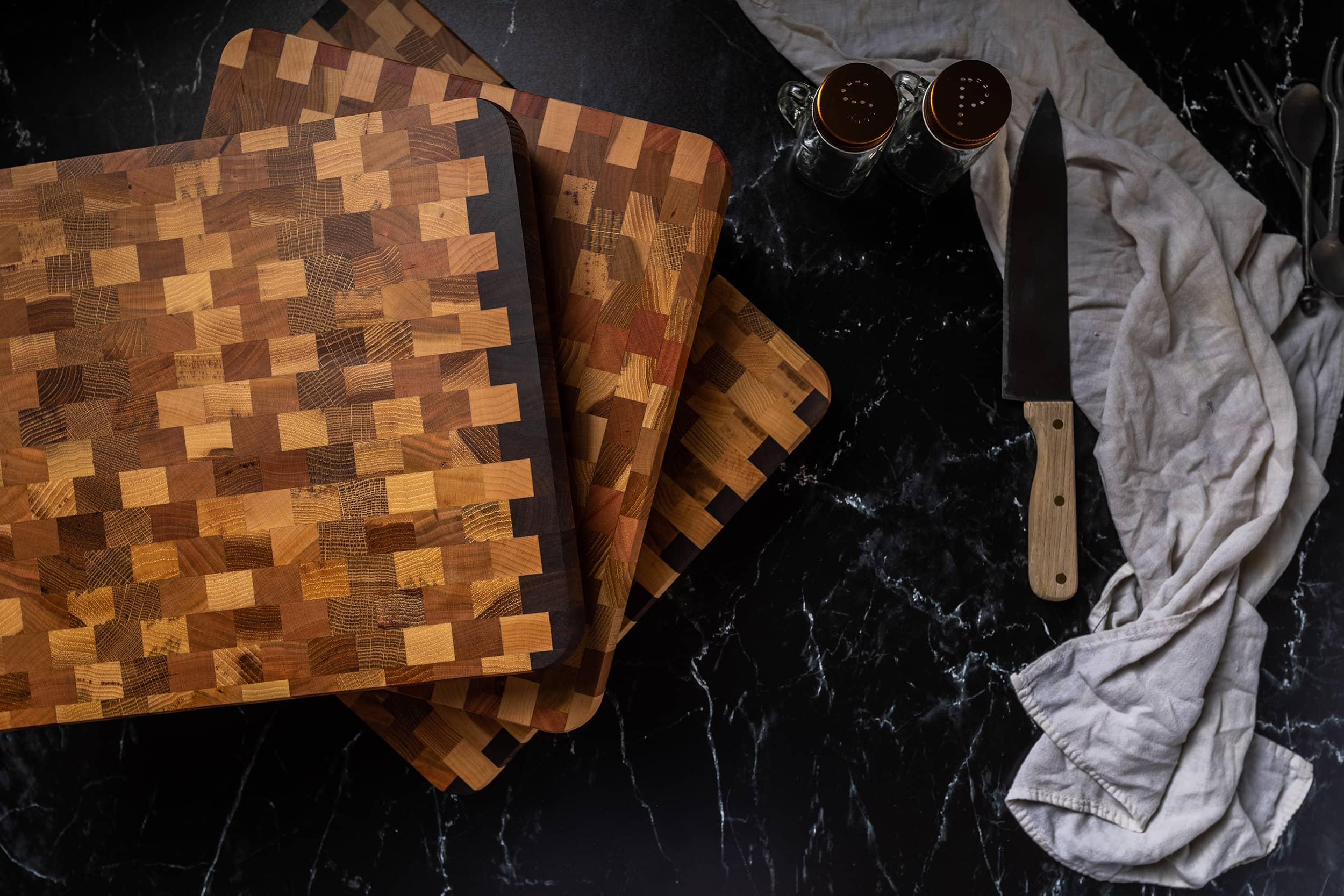
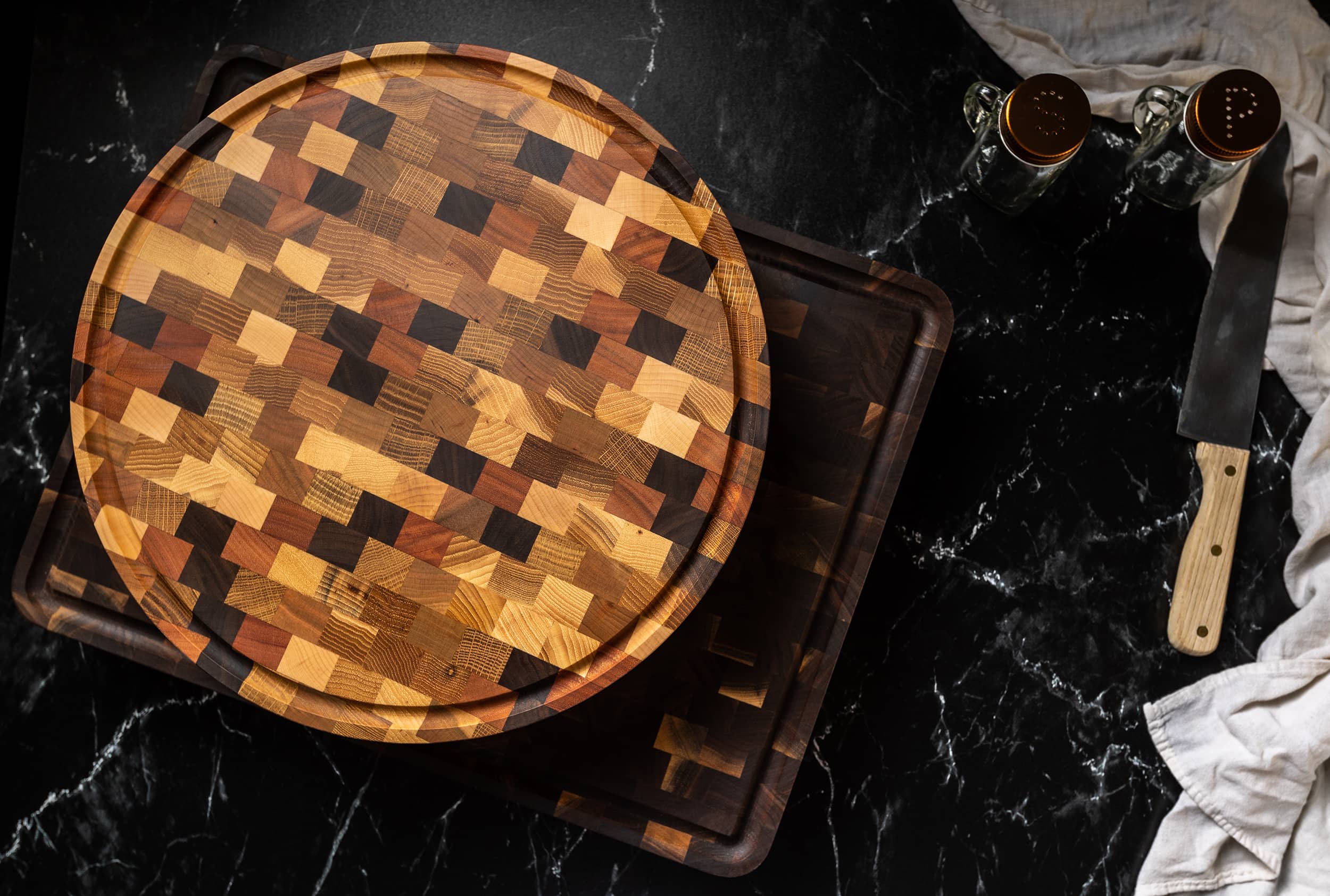
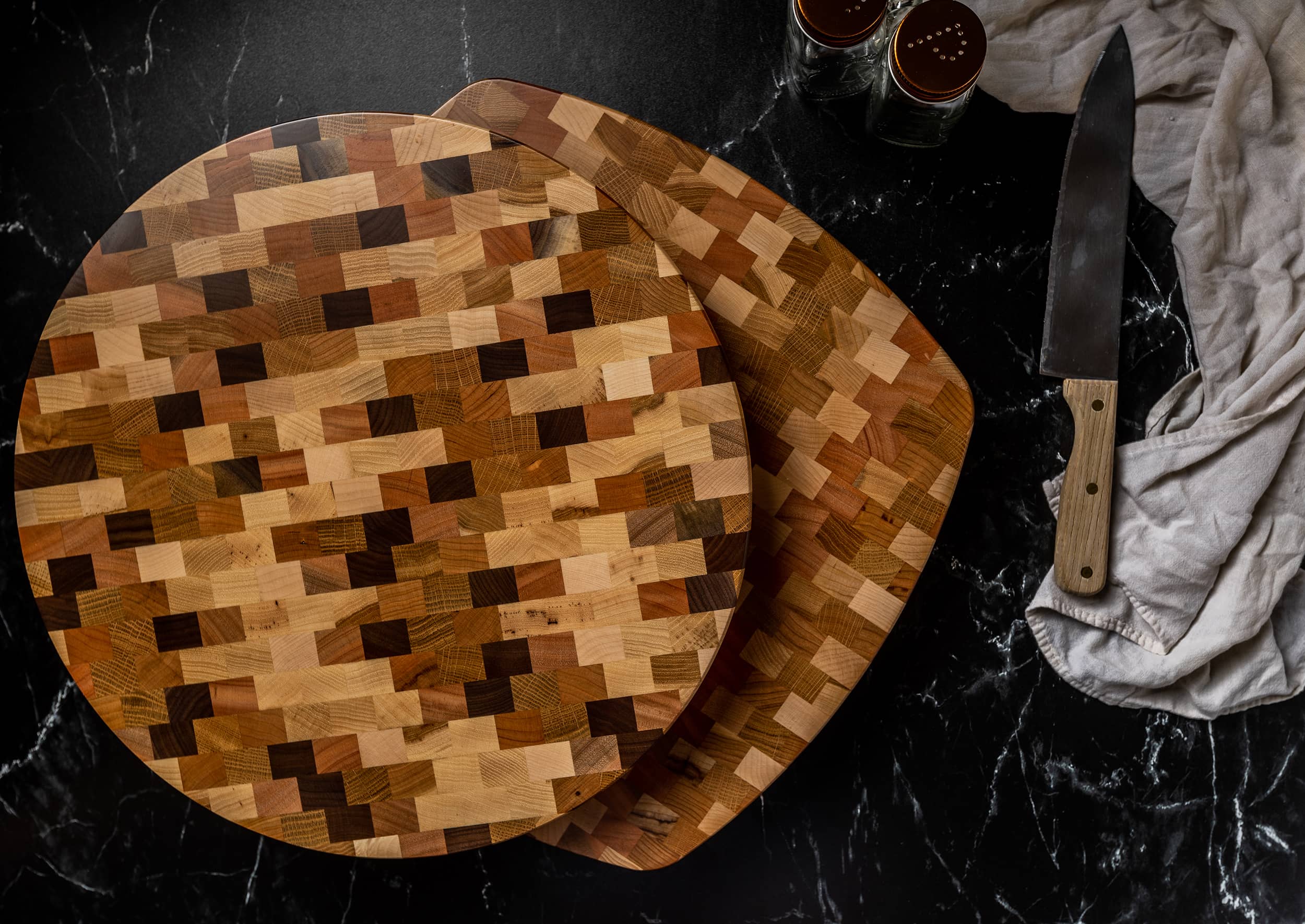
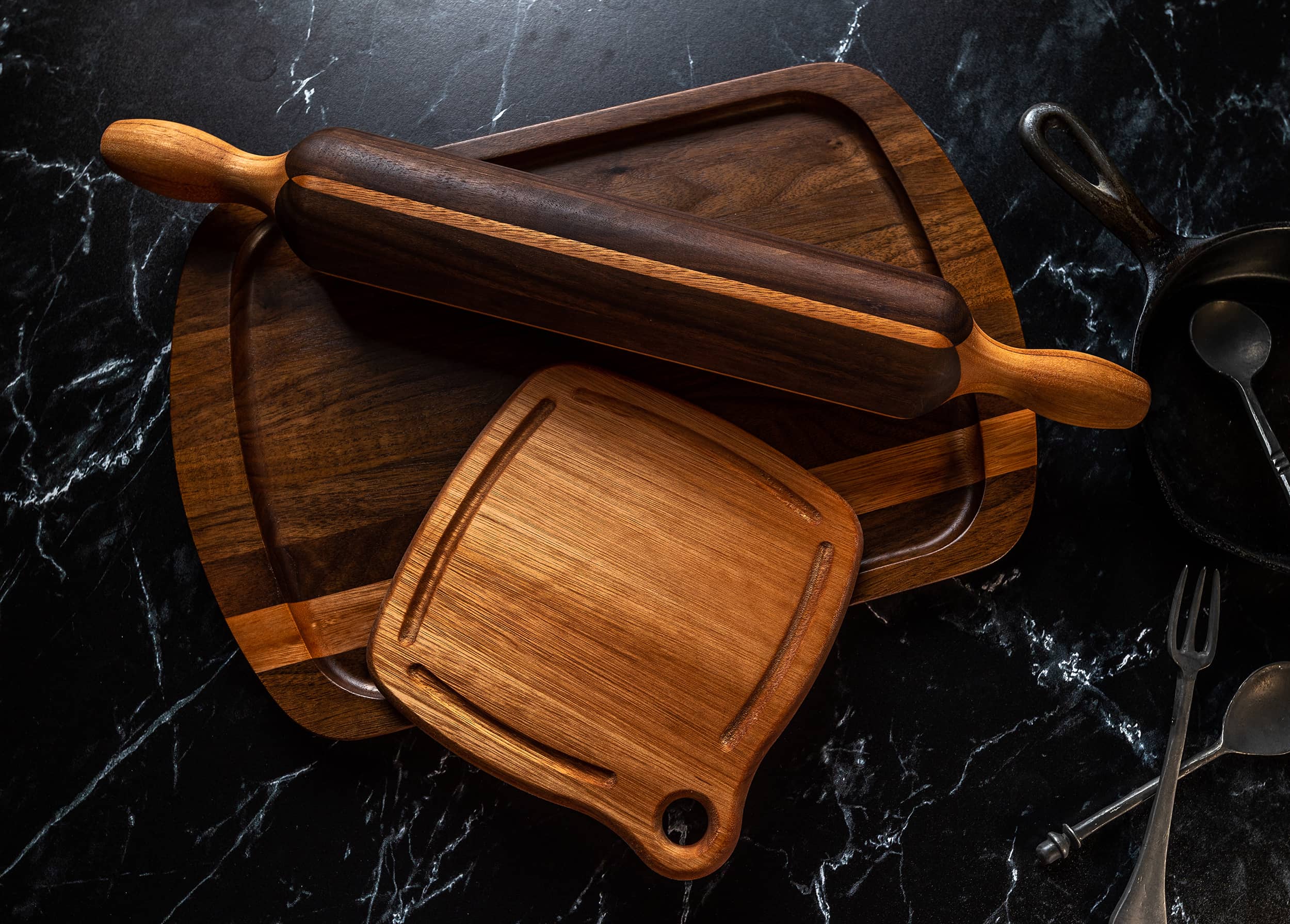
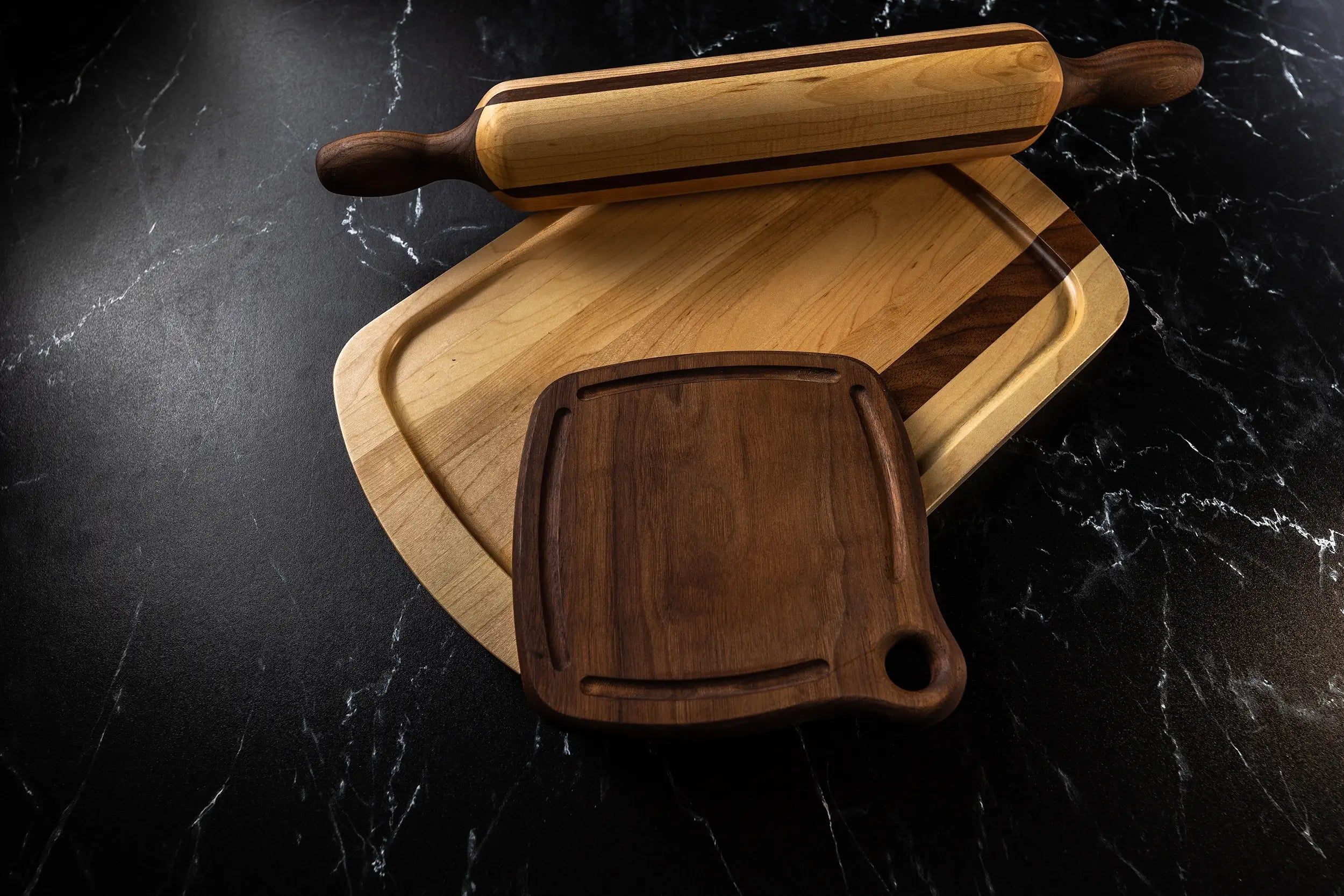
This post beautifully captures the rich history of wooden kitchenware! I love how it connects the charm of these tools to their cultural significance across ancient civilizations—such an enlightening read!
Leave a comment